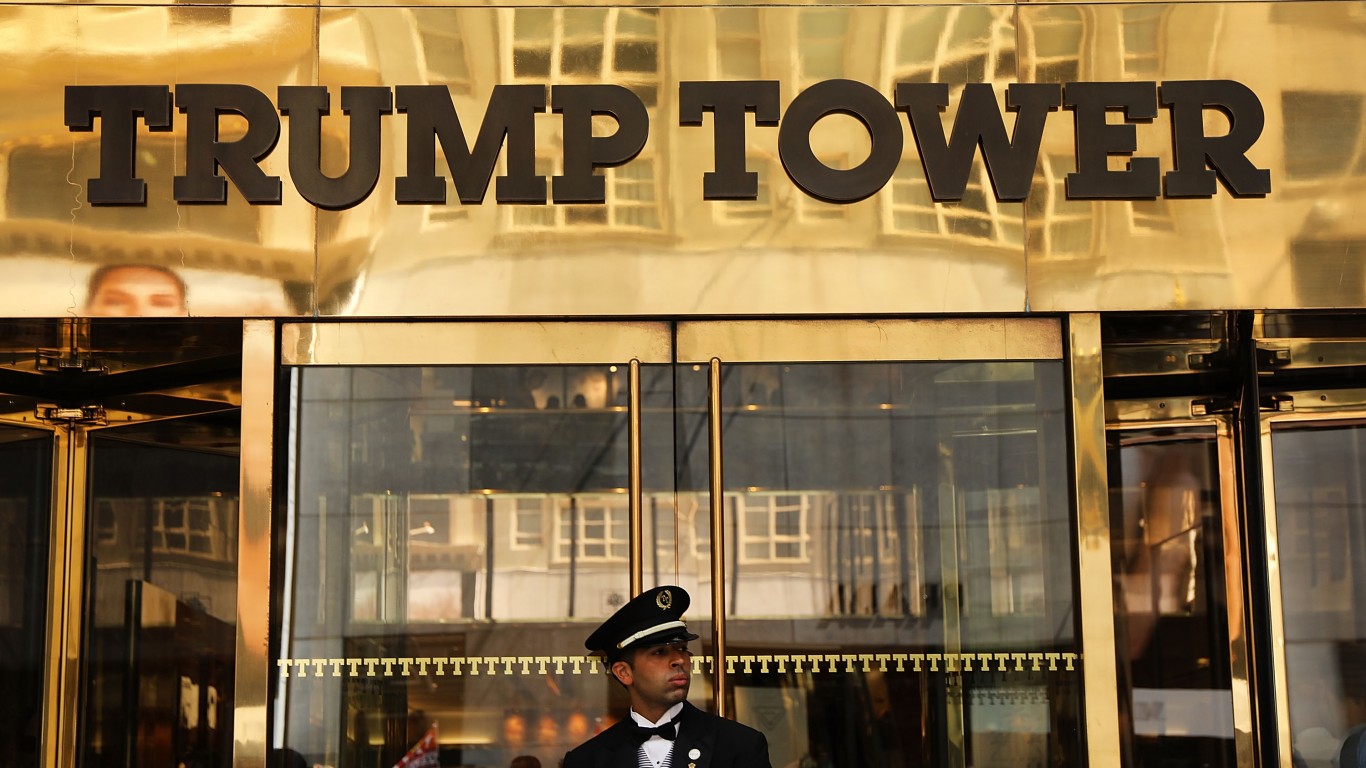
By David Callaway, Callaway Climate Insights
When I was a young foreign correspondent in the City of London in the ‘90s, I often marveled at how different that small “Square Mile” was from the rest of London, or the UK for that matter. The true global hub of finance, it had its hands in everything, and subsequently took fire from all directions whenever a financial crisis or scandal hit.
Brexit hasn’t changed that, at least yet. A new report out today from Greenpeace and the World Wildlife Fund takes aim at the City ahead of Britain’s COP26 climate summit later this year, saying total greenhouse gas emissions from bank and asset manager investments exceeded those of Canada by more than double.
While it might be unfair to add up the trillions in investments coming from the City, and then estimating the carbon output, the report highlights the rising importance of the financial industry in helping fight global warming. The need for rapid disclosure rules and risk metrics across banking and asset management is only a start. A fundamental shift in investment philosophy needs to be articulated as we countdown the months to the summit.
Fortunately, City leaders like former Bank of England Chief Mark Carney and others are making financial re-alignment toward fighting global warming a priority, and we can expect more from them in coming months. The City will always be a convenient punching bag for financial critics, but in this important year in the climate transition, it needs to better assert its claim to a seat at the climate table.
More insights below. . . .
Book review: The New Wilderness tests whether man and nature can co-exist
. . . . In a world so overbuilt that humans need to test whether they can live in natural settings, author Diane Cook explores a new channel of climate fiction. Reviewer Jack Hamilton captures the essence of this story while himself experiencing the chaotic world of concrete and urban jungles in San Paolo, Brazil, as well as the natural beauty of its forests far away — but not far enough. . . .
Tuesday’s subscriber insights: Climate lawsuits hit federal wall at U.S. Supreme Court, plus carbon prices raise $53 billion
. . . . The U.S. Supreme Court is developing a reputation for kicking climate lawsuits back to lower courts, frustrating oil companies and climate advocates alike as three more cases have been sent down recently. Read more here. . . .
. . . . The World Bank said carbon pricing raised $53 billion last year, up almost 20% as prices rose in Europe and China expanded emissions coverage. But prices need to rise much further to achieve meaningful reductions in emissions, which are still about only 20% priced. Read more here. . . .
. . . . The City of Denver is attempting to draw energy from its sewers, using warm wastewater to heat local buildings. It’s a creative draw on geothermal practices of sucking heat from abandoned coal mines, with a more urban angle. Read more here. . . .
Shoutout: It’s a bad year for a ‘megadrought’ in the west
. . . . Shoutout to National Geographic for this excellent piece on the megadrought in the Western U.S., one of just five decades-long droughts in the past 1,200 years, according to scientists who study tree rings, among other things. While droughts are common in California and other Western states, the combination of climate change’s effects on rainfall in the region is setting the stage for severe water shortages and bigger wildfires, as soon as this summer. . . .
Editor’s picks: Floating resort of made of reclaimed ocean plastic
. . . . Reclaimed ocean plastic resort: A new floating resort is being proposed that looks like something straight out of some utopian sci-fi film, Syfy.com reports. The proposal calls for an off-coast, sustainable hotel called the Recycled Ocean Plastic Resort in the Indian Ocean off the coast of the Australian external territory Cocos Islands. Design firm Margot Krasojević Architects has created concept pieces for a water-based project that would use reclaimed ocean plastic for the destination resort. The design firm said in a statement, “A major design element is a pleated structure of interlaced webbing, made from biodegradable-seeded concrete fiber mesh. These ‘tentacles’ are released from the ceramicrete upon contact with rising water levels. They expand and inflate into the oncoming swell sinking as they absorb water creating an artificial barrier trapping sediment and absorbing floodwater.”. . .
. . . . Follow the (climate) money: In an opinion piece in The Hill, contributor Andreas Karelas writes that the innovation needed to solve the climate crisis is not so much technological but rather innovations in the world of finance. Karelas goes on to highlight recent reports and statements from the International Energy Agency and even The Vatican, and notes that the IEA reported the amount of money that was spent on clean energy in the past four years will need to quadruple in 2030 and again in 2050. He notes “Whatever issues the other 98% of philanthropy is working to solve — from disease eradication, to poverty alleviation, to reducing hunger — all of the world’s problems will get significantly worse if climate change is left unabated. And the window of time we have to solve the climate crisis is closing fast. There are so many amazing clean energy and climate justice organizations, on both sides of the aisle, working on the front lines of a just energy transition that can use our support.”. . .
This week in wildfires
For May 25, the Fire Information for Resource Management System reported five new large incidents in the U.S. and Canada, no large fires contained, and 11 large fires uncontained. Hot spots included the American Southwest, with eight new fires, including two new large incidents and six uncontained large fires. The National Interagency Coordination Center reports as of Tuesday morning that more than 76,000 acres had burned.
Are You Ahead, or Behind on Retirement?
If you’re one of the over 4 Million Americans set to retire this year, you may want to pay attention. Many people have worked their whole lives preparing to retire without ever knowing the answer to the most important question: am I ahead, or behind on my goals?
Don’t make the same mistake. It’s an easy question to answer. A quick conversation with a financial advisor can help you unpack your savings, spending, and goals for your money. With Zoe Financial’s free matching tool, you can connect with trusted financial advisors in minutes.
Why wait? Click here to get started today!
Thank you for reading! Have some feedback for us?
Contact the 24/7 Wall St. editorial team.



